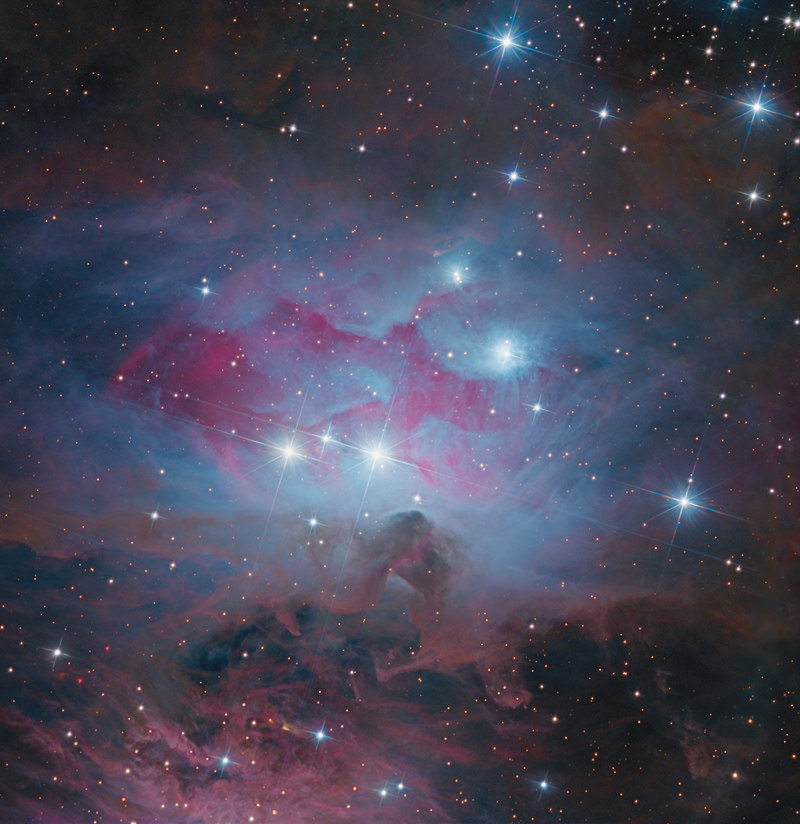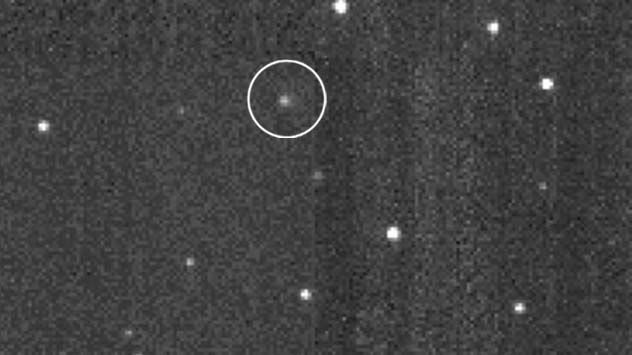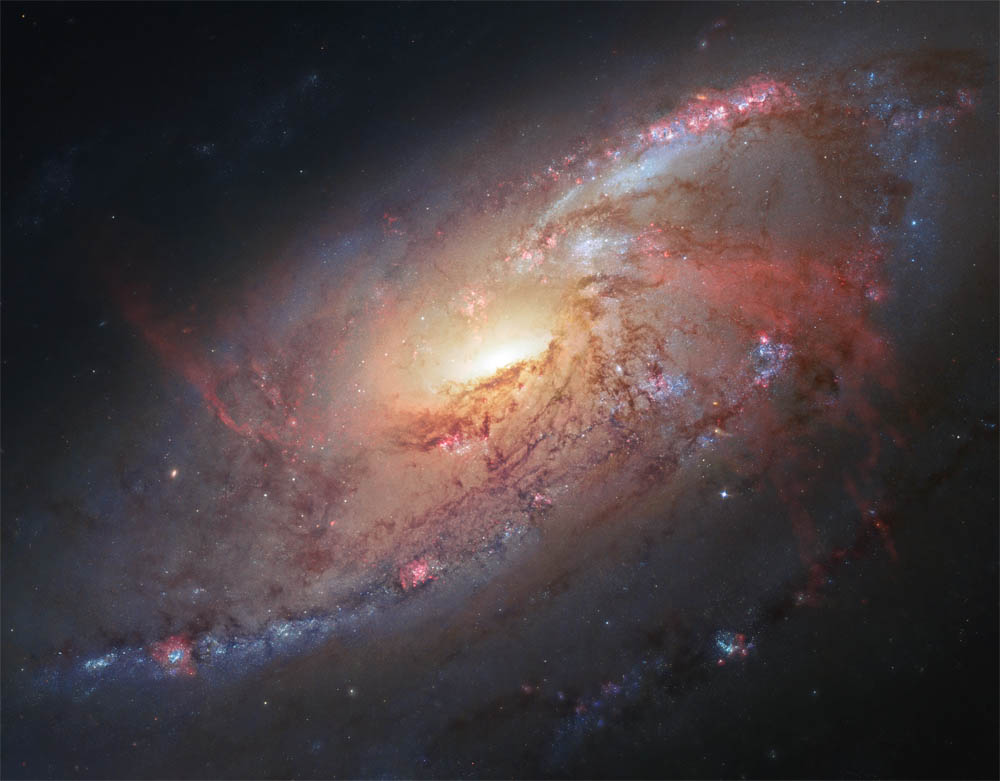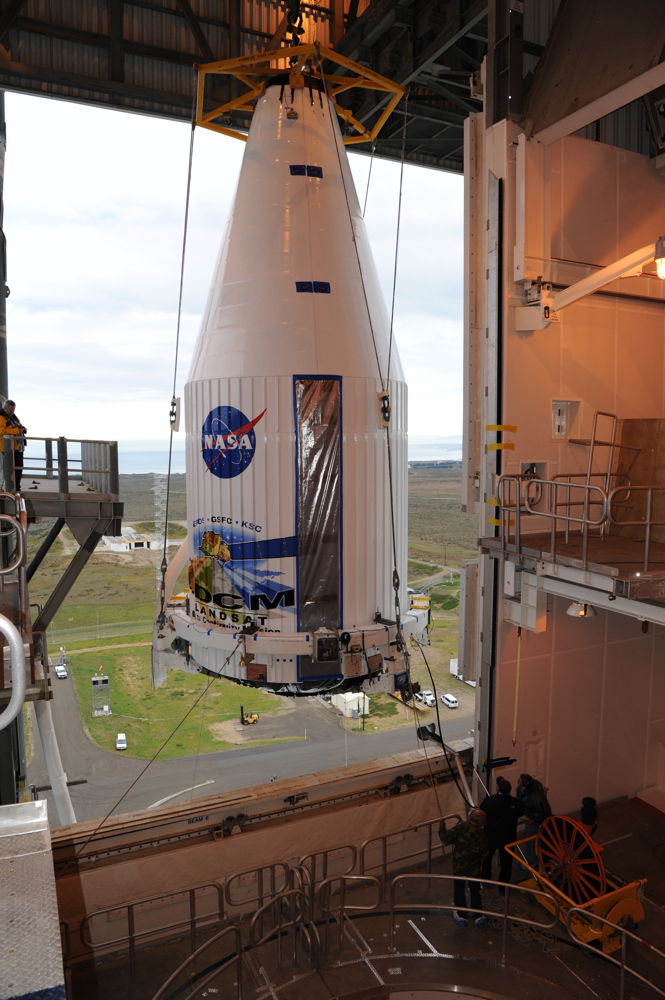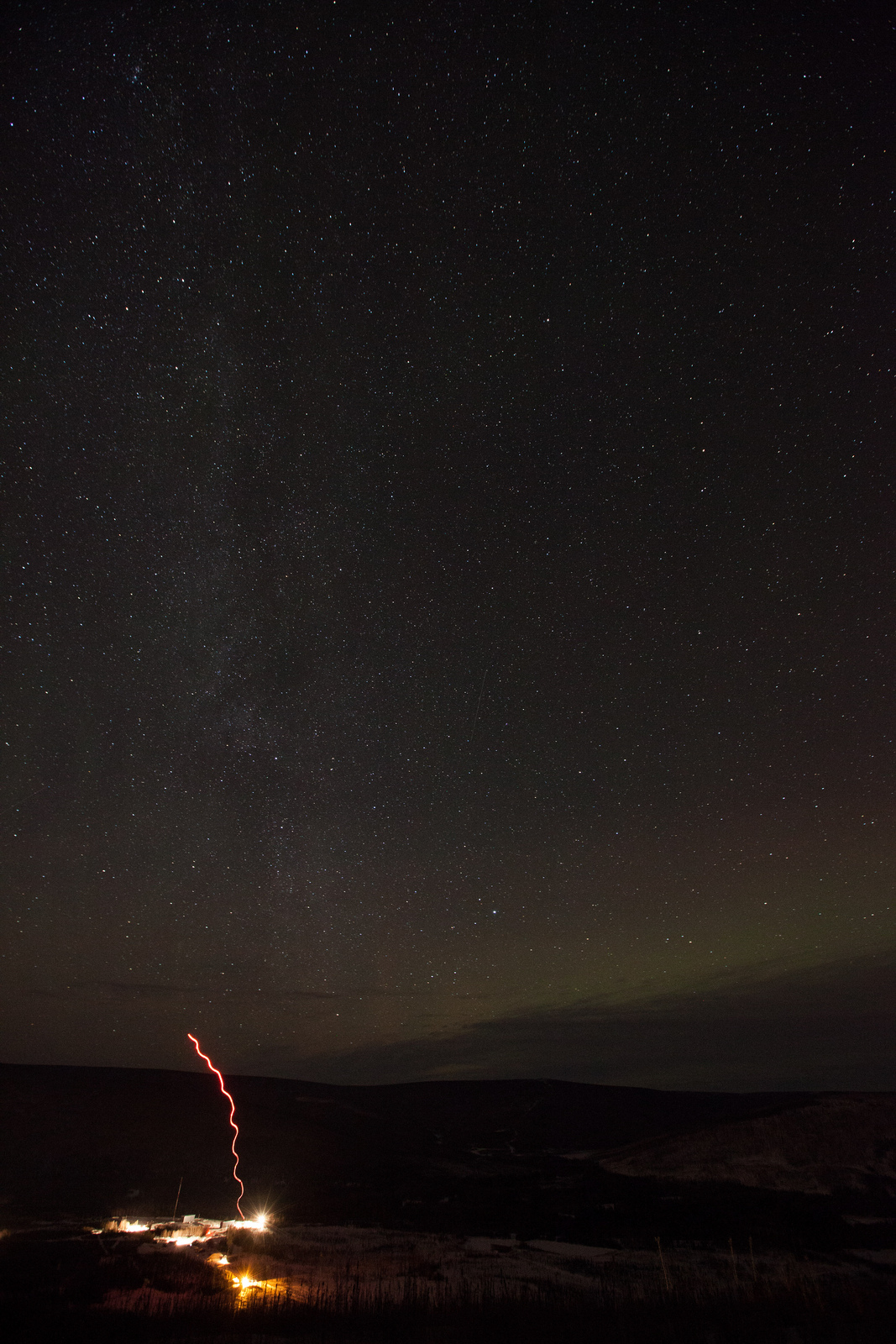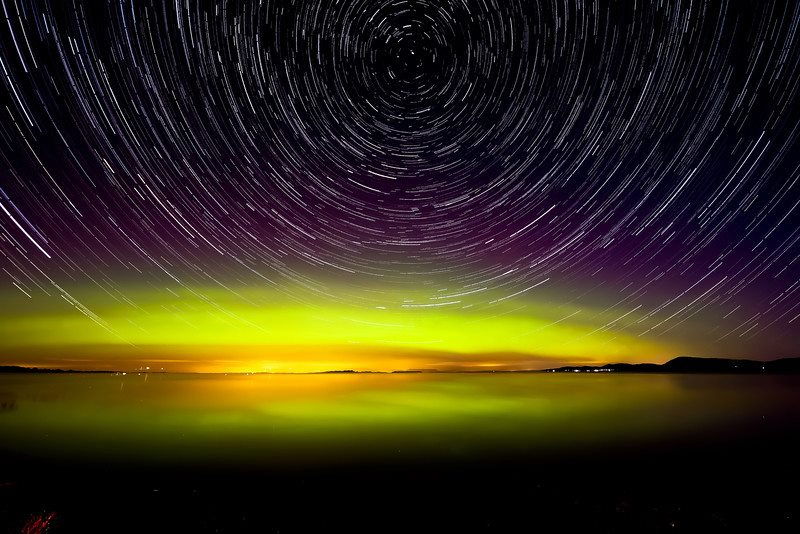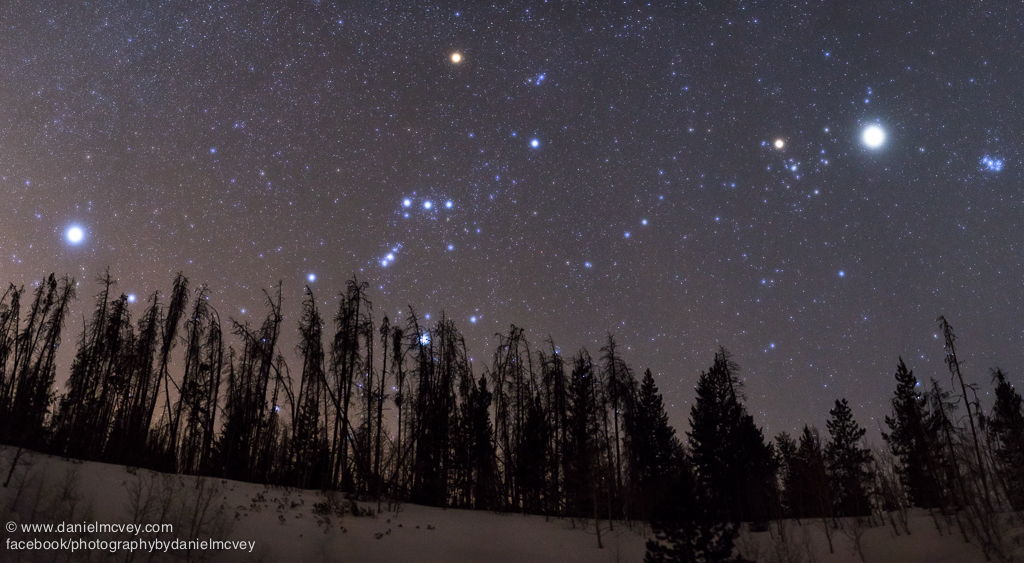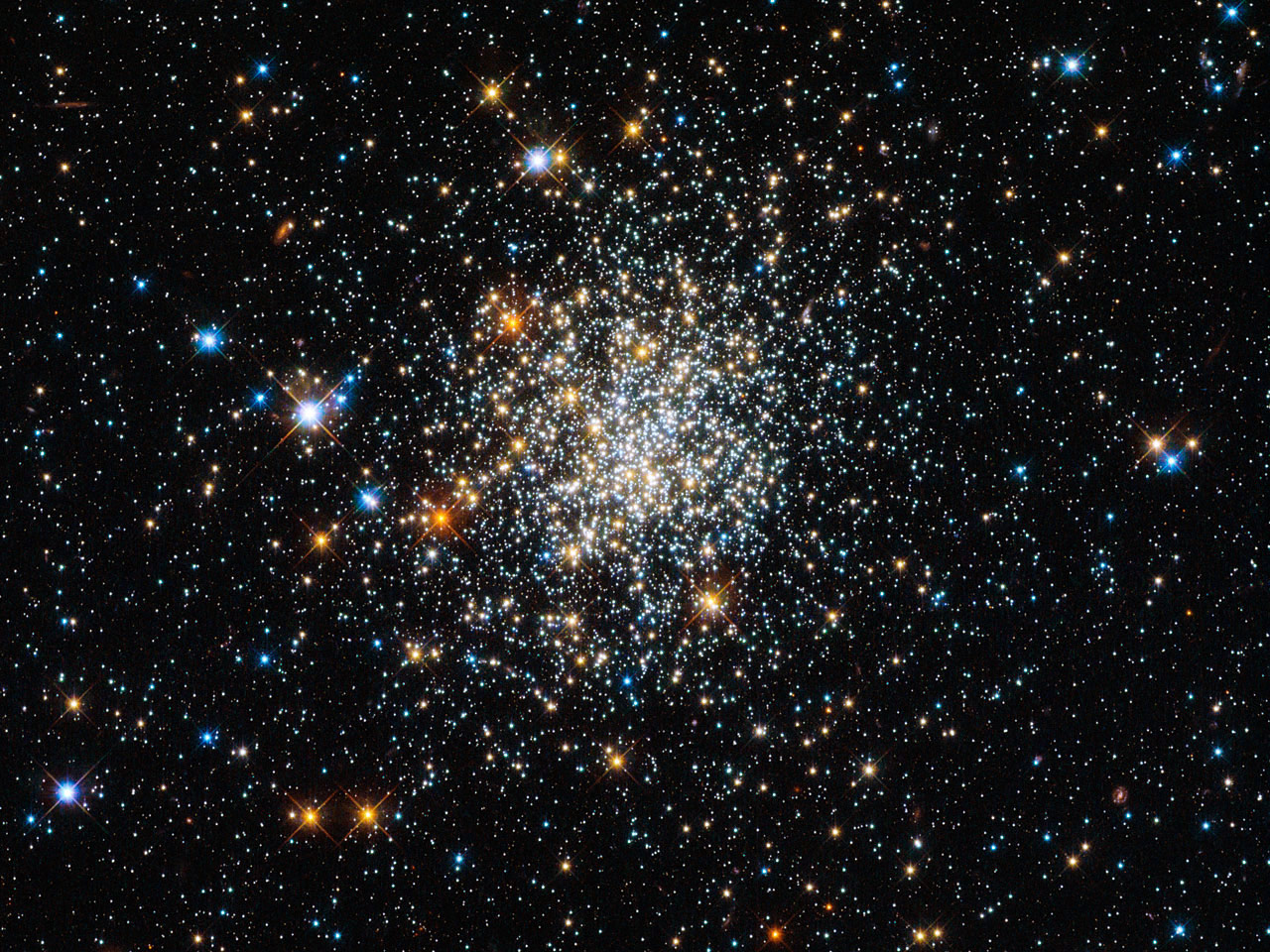Best Space Photos of the Week - Feb. 10, 2013

Stargazers Capture Stunning Running Man Nebula Photo
The ethereal strides of the Running Man Nebula come into view in this stunning night sky photo. [Full Story]
NASA Probe Snaps Photos of Potential 'Comet of the Century'
A NASA spacecraft has captured its first photos of comet ISON, an icy wanderer that some scientists say could dazzle as a "comet of the century" when it swings through the inner solar system later this year. [Full Story]
Hungry Black Hole Spawns Bizarre Four-Armed Galaxy
Where most spiral galaxies have two twisting arms, a neighbor of the Milky Way is a four-armed monster. A new photo snapped by the Hubble Space Telescope, combined with observations by amateur astronomers, reveals these arms in stunning detail. [Full Story]
Seagull Nebula Spreads Cosmic Wings in Amazing Photos
Eye-popping new images from a telescope in Chile reveal a new look at the Seagull Nebula soaring through a cosmic unicorn in the night sky. [Full Story]
Comet Pan-STARRS of 2013: Photos and Sky Maps for Stargazers
New Zealand stargazer John Drummond captured this image of comet Pan-STARRS on Jan. 23, 2013. The comet may become visible to the naked eye in March 2013. [Full Photo Gallery]
How Asteroid 2012 DA14 Will Give Earth Close Shave (Infographic)
At 2:26 p.m. EST (1926 GMT) on Feb. 15, the asteroid 2012 DA14 will fly within 17,200 miles (27,680 kilo- meters) of Earth. This is lower than the communications satellites that orbit 22,000 miles (35,800 km) above the equator. [Full Story]
Photos: NASA's Advanced Landsat Earth-Watching Satellite
The payload faring containing the Landsat Data Continuity Mission LDCM spacecraft is lifted to the top of Space Launch Complex-3E at Vandenberg Air Force Base where it will be hoisted atop a United Launch Alliance Atlas V for launch. Image released Jan. 25, 2013. [Full Photo Gallery]
Breaking space news, the latest updates on rocket launches, skywatching events and more!
NASA Rocket Launch Studies Northern Lights (Photos)
On the night of Feb. 4, 2013, NASA Goddard scientists watched a lighted wind-weighting balloon launch to measure the winds and see if conditions were acceptable for a sounding rocket launch in Poker Flats, Alaska. [Full Photo Gallery]
Starlight in Vermont
Sky watcher Brian Drourr sent in his composite image of star trails and an auroral display seen over northern Vermont. He says he captured the aurora and 200+ stacked images of the star trails "this past summer" at Sand Bar State Park in northern VT. [See More Images]
Stopping by Woods on a Starry Evening
Astrophotographer Daniel McVey sent in a photo of stars and planet Jupiter over White River National Forest in Summit County, Colorado. L to R: Canis Major, the Orion constellation, Aldebaran (in the constellation of Taurus), planet Jupiter and The Pleiades (The Seven Sisters). Photo released Feb. 5, 2013. [See More Images]
I'm Coming Apart
NGC 411, seen here, looks like a globular cluster, but appearances may deceive the viewer. Astronomers classify NGC 411 as an open cluster. Stars in open clusters drift apart over time, whereas globular clusters have remained intact over 10 billion years. NGC 411, a relative newcomer, has not been around even a tenth of this age. [See More Images]

Space.com is the premier source of space exploration, innovation and astronomy news, chronicling (and celebrating) humanity's ongoing expansion across the final frontier. Originally founded in 1999, Space.com is, and always has been, the passion of writers and editors who are space fans and also trained journalists. Our current news team consists of Editor-in-Chief Tariq Malik; Editor Hanneke Weitering, Senior Space Writer Mike Wall; Senior Writer Meghan Bartels; Senior Writer Chelsea Gohd, Senior Writer Tereza Pultarova and Staff Writer Alexander Cox, focusing on e-commerce. Senior Producer Steve Spaleta oversees our space videos, with Diana Whitcroft as our Social Media Editor.
